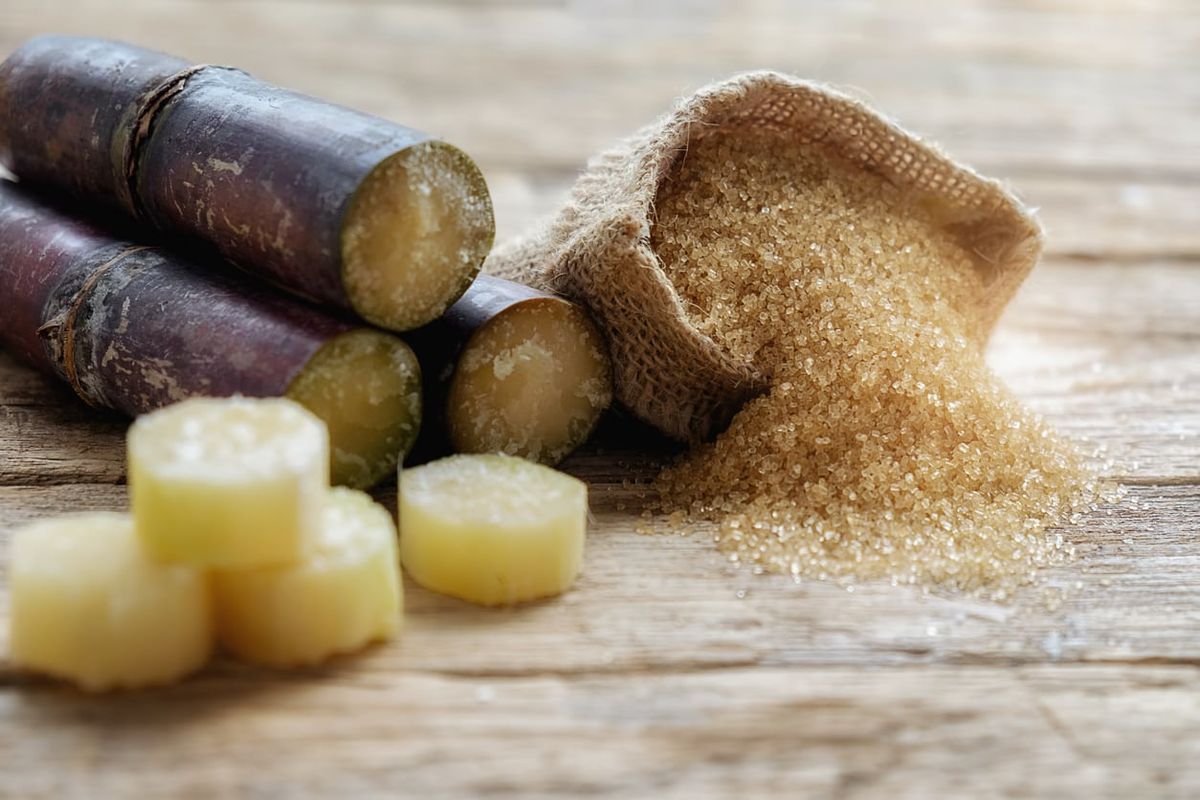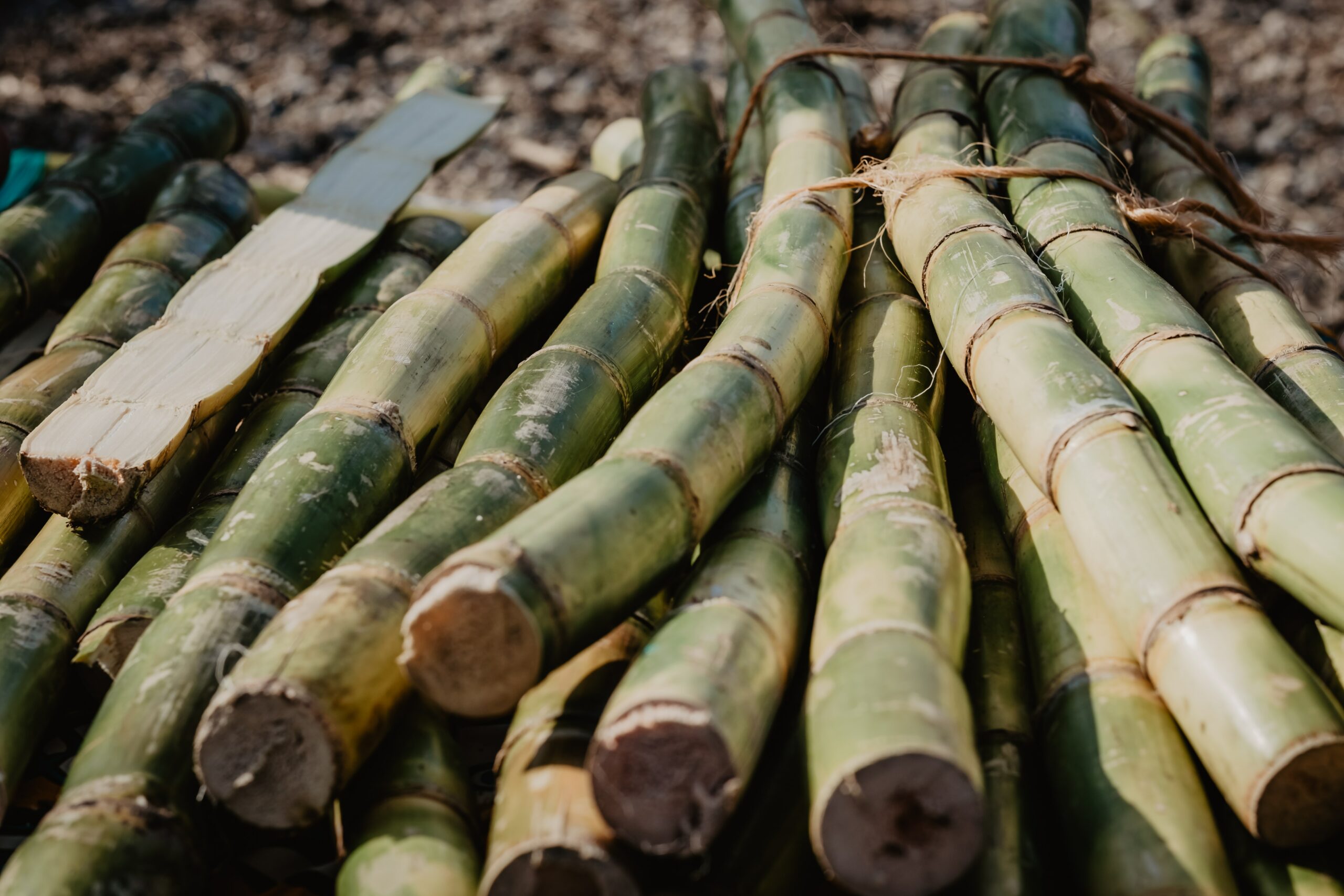How Developing Nations Answer the Question: What Are Sugar Canes Used For
Everything About Sugar Canes: What Are Sugar Canes Used For and Their Role in Worldwide Farming?
Sugar walking sticks serve as a cornerstone of international agriculture, primarily identified for their duty in sugar production. They likewise add to the creation of by-products like molasses and ethanol. These elements not just support various markets yet also effect economic stability in rural areas. However, the farming of sugar walking canes encounters substantial ecological difficulties. Understanding their multifaceted function prompts more expedition into their agricultural methods and sustainability initiatives.
The Agricultural Process of Sugar Walking Stick Farming
Although sugar walking cane cultivation might differ by area, the basic agricultural process remains constant. The initial step involves choosing high-yielding ranges appropriate for neighborhood climates. Prep work of the dirt is vital, usually calling for husbandry and the addition of plant foods to improve fertility. Growing usually happens during the rainy season, with farmers using either whole stalks or cuttings to develop brand-new crops.As the plants grow, they need attentive treatment, consisting of weed control, pest management, and irrigation, depending upon the ecological conditions. Farmers monitor the sugar walking cane's development cycle, which normally covers 10 to 24 months, prior to harvesting. Harvesting is labor-intensive, usually conducted by hand or with specialized machinery, guaranteeing marginal damage to the stalks. Adhering to harvest, the walking stick is transferred to processing facilities. This careful cultivation process not just supports local economies however also plays a substantial duty in international farming methods, contributing to food and power products.
Sugar Manufacturing: From Walking Stick to Crystal
The journey of sugar manufacturing begins the moment fresh collected sugar walking stick arrives at processing centers. The primary step includes chopping the walking cane and washing to prepare it for removal. Making use of high-pressure rollers, the juice is removed from the smashed walking cane, causing a wonderful liquid referred to as sugarcane juice. This juice undergoes clarification, where pollutants are gotten rid of via the addition of lime and heat.Next, the made clear juice is focused by steaming it to produce a thick syrup. This syrup is then crystallized by cooling down, allowing sugar crystals to form. The taken shape sugar is divided from the staying syrup, called molasses, through centrifugation.Finally, the sugar crystals are cleaned and dried, resulting in the acquainted granulated sugar (What Are Sugar Canes Used For). This procedure transforms raw sugar walking cane right into an item that is indispensable to different cooking and commercial applications, highlighting the value of sugar in global agriculture
Biofuels and Sugar Canes: A Sustainable Future
As the world progressively looks for sustainable power options, sugar walking sticks have actually become a promising resource for biofuels. The biomass originated from sugar walking sticks can be exchanged ethanol, an eco-friendly gas alternative that significantly decreases greenhouse gas emissions contrasted to nonrenewable fuel sources. This procedure not just provides a cleaner power resource however also advertises power self-reliance for numerous countries.In enhancement, sugar walking stick growing sustains rural economies by creating jobs in both farming and biofuel manufacturing sectors. Using sugar walking canes for biofuel manufacturing likewise encourages farming diversity, which can improve soil wellness and minimize dependency on solitary crops. The spin-offs of sugar walking stick handling can be made use of for electricity generation, in addition adding to a lasting power cycle. As countries endeavor to satisfy renewable power targets, sugar canes are poised to play a vital role in forming a much more lasting future in the biofuel landscape.

The Function of Sugar Canes in Beverage Manufacturing
Sugar walking sticks play a considerable function in beverage manufacturing, serving as a main ingredient in rum and adding to the sweetness of numerous soft drinks. Furthermore, their natural juices are used in different drinks, enhancing flavor and appeal. This convenience emphasizes the significance of sugar walking sticks in the international drink market.
Sugar Walking Cane in Rum
Rum production is delicately connected to the cultivation of sugar walking stick, an important crop that supplies the essential fermentable sugars required for fermentation. This process starts with the extraction of juice from gathered sugar walking sticks, which is after that either fermented directly or refined right into molasses. Yeast is contributed to transform the sugars right into alcohol, leading to a varied array of rum styles, from light to dark selections. The geographical area where the sugar walking cane is expanded greatly influences the taste profile of the rum, with aspects such as soil kind and environment having fun crucial duties. Countries like Barbados, Jamaica, and Cuba are renowned for their rum production, reflecting the historic and social importance of sugar walking cane within the international drink market.
Soft Drinks Sugar Source

All-natural Juice Production Utilizes
In addition to its significant duty in soft drink production, sugar walking stick is likewise pivotal in the natural juice industry. The juice removed from sugar cane, called walking cane juice, is celebrated for its natural sweetness and unique flavor account. This juice is commonly eaten fresh in different regions, especially in exotic countries, where it is taken pleasure in as a renewing beverage. Furthermore, walking cane juice functions as a base active ingredient in a variety of all-natural fruit juices and smoothie mixes, improving both taste and dietary value. Its all-natural residential properties make it an eye-catching option to artificial sugar, interesting health-conscious customers. On the whole, sugar walking stick's flexibility in juice production highlights its value in modern-day drink offerings worldwide.
Technologies in Sugar Cane Byproducts
Developments in sugar walking stick by-products are leading the way for lasting services in different industries. Biofuels stemmed from sugar walking cane use an alternate energy source, while developments in lasting product packaging are reducing dependence on conventional materials. These growths highlight the convenience and possibility of sugar walking stick past its main use in drink production.
Biofuels From Sugar Walking Cane
How can the results of sugar walking cane contribute to sustainable power services? The conversion of sugar walking cane into biofuels provides an encouraging avenue for renewable energy. By using the fibrous deposit, referred to as bagasse, manufacturers can produce bioethanol via fermentation procedures. This bioethanol can function as a sustainable choice to fossil fuels, reducing greenhouse gas exhausts and reliance on non-renewable sources. Furthermore, molasses, an additional by-product, can be fermented to generate biofuels, making the most of source effectiveness. The energy created from sugar walking stick not only gives a cleaner gas resource yet additionally enhances the overall economic viability of sugar production. By incorporating biofuel production right into their these details procedures, sugar walking cane markets can play a vital duty in advancing lasting energy options worldwide.
Lasting Packaging Solutions
Lasting packaging services are increasingly being developed from sugar walking cane by-products, showcasing the flexibility of this farming staple. Innovations such as biodegradable plastics originated from bagasse, the coarse deposit left after juice extraction, are gaining grip. These products use an environment-friendly alternative to conventional plastics, lowering dependence on fossil gas and reducing carbon footprints. Additionally, sugar cane-based packaging is compostable, breaking down normally without harming the environment. Companies are now discovering these alternatives to straighten with customer need for sustainability. As understanding of plastic air pollution expands, the adoption of sugar cane-derived packaging is expected to increase, positioning sugar walking canes as a principal in the change to greener product packaging services in numerous sectors.
Economic Effect of Sugar Cane Farming

Although sugar walking cane farming has deep origins in lots of economic situations, its economic impact extends much past farming production. This plant offers as a substantial source of earnings for millions of farmers worldwide, particularly in developing countries where agriculture is a primary resources. Sugar cane adds to local economic situations through task creation in cultivation, handling, and harvesting. The industry also boosts development in related fields such as transport, devices manufacturing, and food processing.Furthermore, sugar walking stick is a principal in global trade, influencing global markets and costs. Nations that produce sugar cane usually rely upon exports to boost their financial security. The byproducts of sugar cane, such as ethanol and molasses, branch out earnings streams for farmers and add worth to the agricultural market. Generally, the economic ramifications of sugar walking stick farming are profound, impacting not just farmers but additionally whole neighborhoods and national economic situations.
Environmental Factors To Consider in Sugar Cane Farming
While sugar cane farming plays a necessary role in numerous economies, it likewise increases considerable environmental issues that can not be overlooked. The comprehensive use fertilizers and chemicals in sugar walking cane cultivation often leads to dirt deterioration and water air pollution. Drainage from these look here chemicals can infect nearby water bodies, damaging water communities. Furthermore, the monoculture practices prevalent in sugar walking cane farming lower biodiversity, making ecological communities more at risk to insects and diseases.Deforestation is another vital problem, as land is frequently gotten rid of to give way for sugar haciendas, bring about habitat loss for wild animals and boosted carbon emissions. Additionally, the high water intake required for sugar cane irrigation can stress local water resources, specifically in dry areas. As global need for sugar remains to increase, dealing with these ecological challenges becomes important to guarantee sustainable methods in sugar walking stick farming.
Regularly Asked Questions
What Are the Nutritional Conveniences of Sugar Cane?
The dietary advantages of sugar cane mostly include its high carb material, providing power. Furthermore, it consists of vitamins, minerals, and antioxidants that may sustain overall health, though moderation is vital because of its sugar web content.
How Does Sugar Walking Stick Affect Resident Ecosystems?
Sugar walking cane growing can substantially influence regional environments by altering land usage, influencing biodiversity, and requiring significant water sources. Furthermore, it may result in dirt degradation and chemical drainage, interfering with surrounding environments and wild animals populaces.
What Is the History of Sugar Walking Cane Growing?
:max_bytes(150000):strip_icc()/SugarCanesSaccharumofficinarumNancyAyumi-26c9c80ee473464bbe322c83ecd9bfc1.jpg)
Exist Alternatives to Sugar Walking Cane for Sugar Manufacturing?
Alternatives to sugar cane for sugar manufacturing consist of sugar beetroots, corn, and numerous exotic plants like sorghum and agave (What Are Sugar Canes Used For). These crops use varied sources of sweet taste, each with distinctive cultivation needs and environmental effects
How Do Climate Patterns Influence Sugar Walking Cane Yields?
Climate patterns significantly affect sugar cane returns with temperature fluctuations, rains amounts, and seasonal cycles. Drought or extreme rains can hinder growth, while suitable problems enhance photosynthesis, ultimately affecting the amount and quality of the harvest. The trip of sugar production begins the minute newly collected sugar walking cane shows up at refining centers. The crystallized sugar is separated from the staying syrup, understood as molasses, with centrifugation.Finally, the sugar crystals are cleaned and dried out, resulting in the familiar granulated sugar. Rum production is elaborately linked to the cultivation of sugar cane, an important crop that gives the necessary fermentable sugars needed for fermentation. Additionally, the monoculture methods common in sugar walking stick farming lower biodiversity, making environments a lot more susceptible to parasites and diseases.Deforestation is an additional crucial issue, as land is frequently gotten rid of to make way for sugar haciendas, leading to environment loss for wild animals and increased carbon emissions. Alternatives to sugar cane for sugar production include sugar beets, corn, and different exotic plants like sorghum and agave.